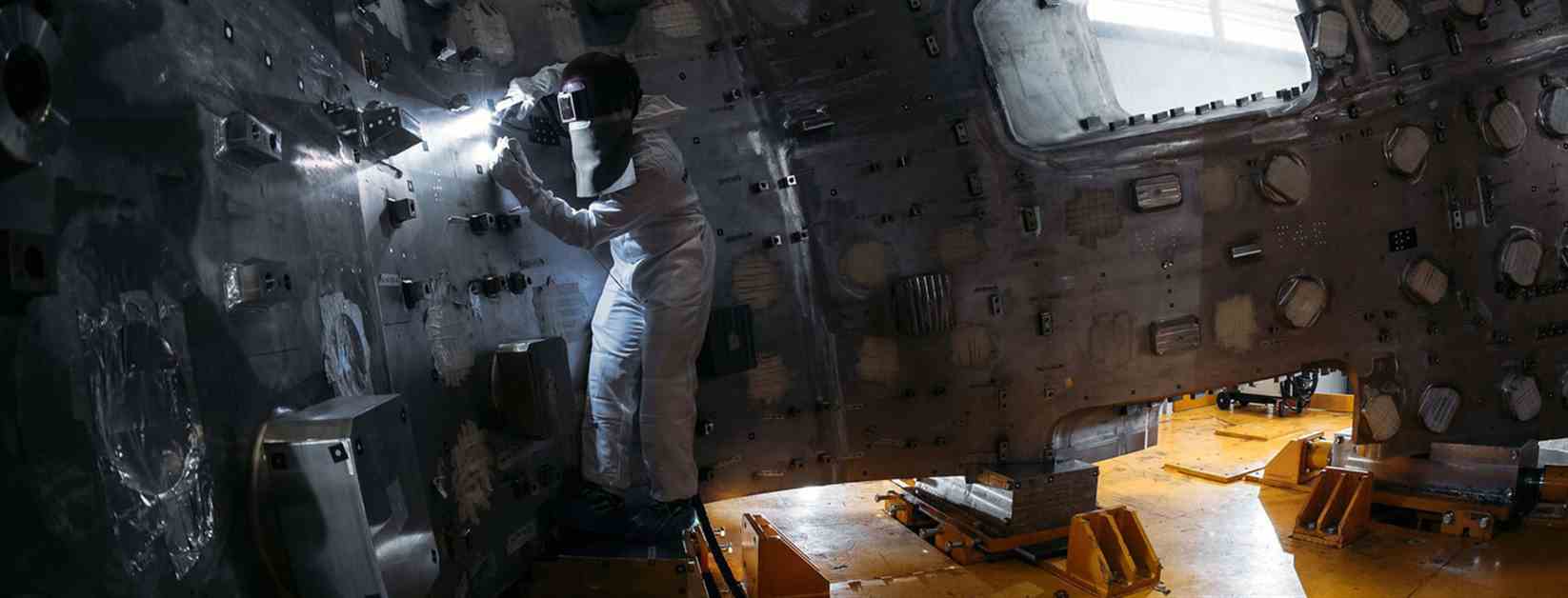The AI is the Best Thing Happening to Nuclear Fusion. It is Accelerating the Construction of ITER
The use of artificial intelligence (AI) is making significant contributions to the development of nuclear fusion. Back in January 2022, a team of researchers from the Massachusetts Institute of Technology (MIT) in the US had created a turbulence model using deep learning algorithms. This strategy allowed them to effectively test their model and evaluate its predictive capabilities.
Their initial plan was to use this technology to understand as precisely as possible how plasma behaves inside the vacuum chamber of the nuclear fusion reactor. Plasma is the extremely hot gas that contains the deuterium and tritium nuclei involved in the fusion reaction, and understanding its dynamics is crucial for the successful commercialization of fusion energy.
On the other hand, several experts from Fusion for Energy (F4E), the European Union organization coordinating Europe’s contribution to the development of ITER (International Thermonuclear Experimental Reactor), such as María Ortiz de Zúñiga and Cristian Casanova, have been working on a pilot project for over two years. This project uses an AI model to predict which in-progress welds in the reactor’s vacuum chamber will have defects.
The AI is definitely saving time and money for ITER
Designing AI models specifically to identify defects in ITER’s vacuum chamber welds is one of F4E’s most important projects. Professor Nawal Prinja, with 40 years of experience in academia and the nuclear industry, is also collaborating on this project, as well as the consortium formed by Ansaldo, Mangiarotti, and Walter Tosto.
ITER has local tolerances of 0.1%. Additionally, the reactor’s vacuum chamber has a very complex shape and uses plates up to 60 mm thick.
The European Union has not faced a project with such strict tolerances before. In fact, ITER has local tolerances of 0.1%. Additionally, the reactor’s vacuum chamber has a very complex shape and uses plates up to 60 mm thick. Everything is extraordinarily complex. On the other hand, advanced techniques like electron beam welding, which uses an electron beam for welding, are being used in the manufacturing of the chamber sectors.
In this context, it is crucial that none of the welds have the slightest defect, and currently, the predictive AI models have a precision of 100%. In fact, this technology is so effective that according to F4E, it has the potential to save at least 95% of the time spent by human technicians in evaluating the welds.
Naturally, this time-saving speeds up the assembly of ITER’s vacuum chamber. Additionally, the project’s cost is decreasing as a result of time savings, prompting F4E technicians to propose using this technology in other projects involving the manufacturing of large structures. Indeed, the AI models have been trained to easily adapt to other industrial environments. Clearly, AI is playing a significant role in the development of nuclear fusion.
Image | Fusion for Energy
More information | Fusion for Energy
In Xataka | This nuclear fusion record invites us to something exciting: to look at ITER with more optimism than ever












